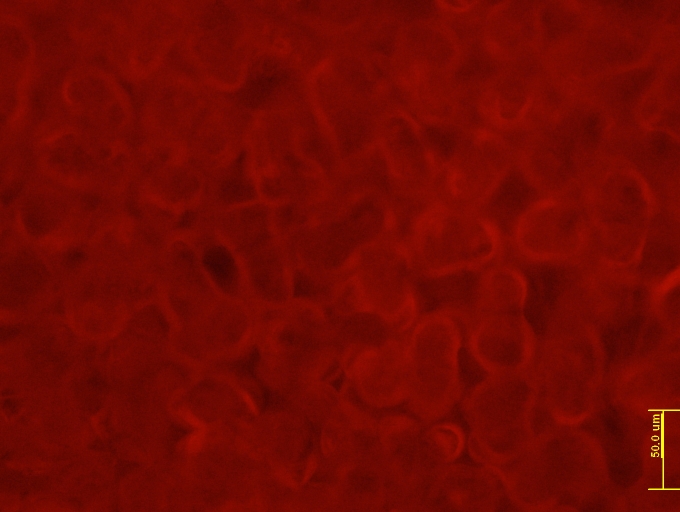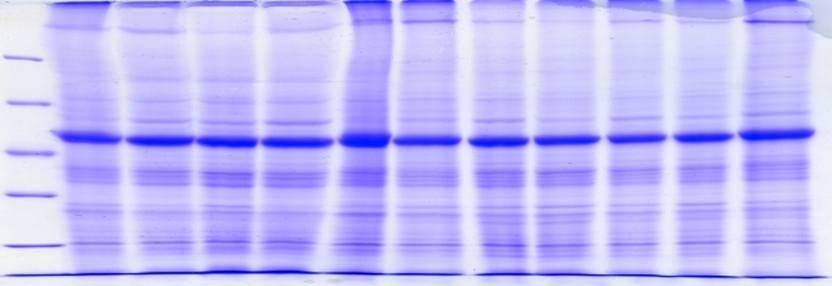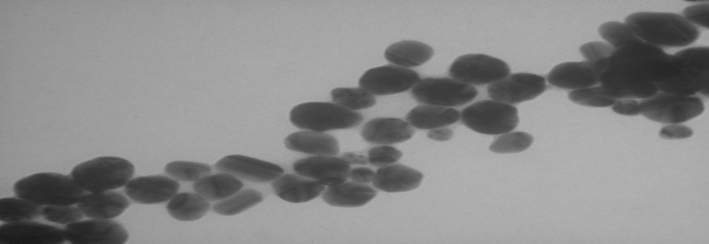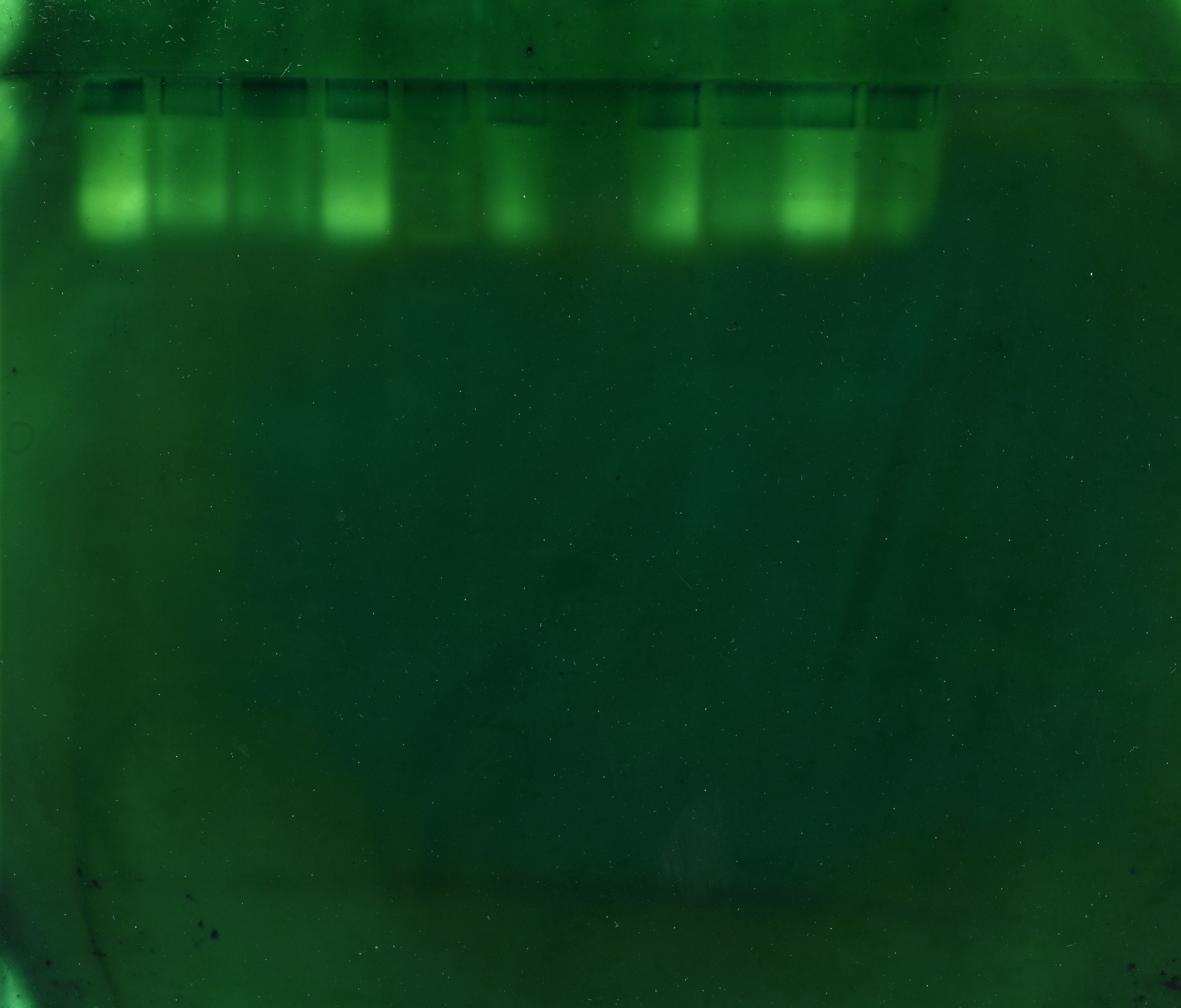Croatian Science Foundation Research Project

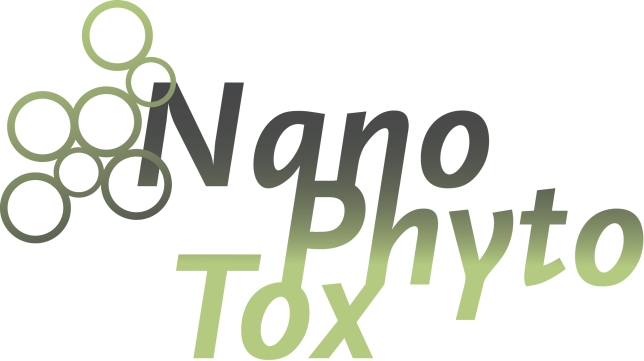
Nanosilver Phytotoxicity: Mechanisms of Action and Interaction in Tobacco Cells (NanoPhytoTox)
Project leader: Biljana Balen, Associate Professor
Project duration: 01.05.2016. – 30.04.2021.
Nanotechnology is the latest in a long series of technologies which announces new era of technologies-driven prosperity. The small size of nanoparticles (NPs), with at least one dimension between 1 and 100 nm, results in unique chemical and physical characteristics, which is why they are being produced in large quantities for implementation in various consumer products. Among different available NPs, silver nanoparticles (AgNPs) are the dominating nanomaterial because of their well-known antibacterial and antifungal properties. Due to widespread use and exposure to these nanomaterials, there is ever-growing concern regarding their potential detrimental impacts on the environment. Although there have been quite a number of toxicological studies published on AgNPs, it is still difficult to draw definite conclusions about their toxicity as a number of the studies have been performed without thorough characterization and description of the investigated NPs. As soon as AgNPs are released into the environment, they start to transform, which modifies their properties influencing their transport, fate and possible toxicity. Therefore, it is still not clear whether AgNPs toxicity results from the nanoparticles per se or is due to Ag+. As primary producers plants are the vital part of healthy ecosystems but also play a significant role in transport and bioaccumulation of possibly toxic substances into food chains. Toxicological studies of AgNPs conducted on plants are scare and inconclusive. Moreover, there is a lack of information about AgNPs-induced effects on important cellular processes.
Therefore, in this project we aim to reveal and explain the toxicity of a set of diverse AgNPs to plant tissues of different age (seedlings and adult plants) in order to contribute to the environmental hazard assessment of AgNPs as well as to the basic knowledge about the mechanisms of their toxicity. As the model organism we propose tobacco, an economically interesting plant and a frequently used model organism in abiotic stress research. AgNPs with different coatings, which are used to enhance the NP stability, will be tested to reveal whether those characteristics are determinants of NPs toxicity. Stability and possible biotransformation of AgNPs as well as uptake of AgNP particles in the cells will be thoroughly studied and correlated with AgNPs-induced effects in order to distinguish between effects from the particle and Ag+ toxicity. Furthermore, we will try to establish the involvement of oxidative stress in the mechanism of toxicity of particle nature of AgNPs as well as possible proteomic changes. Moreover, the results will be used to define biomarkers of AgNP-induced phytotoxicity, which could be useful for environmental biomonitoring. According to our knowledge, this will be a first extensive study on AgNPs performed on plant species. Obtained results can also be applied to estimate the possibility of use and safety of AgNPs implemented in agricultural products, such as fertilizers and pesticides, used in cultivation of economically interesting plants.

 Pristupačnost
Pristupačnost
